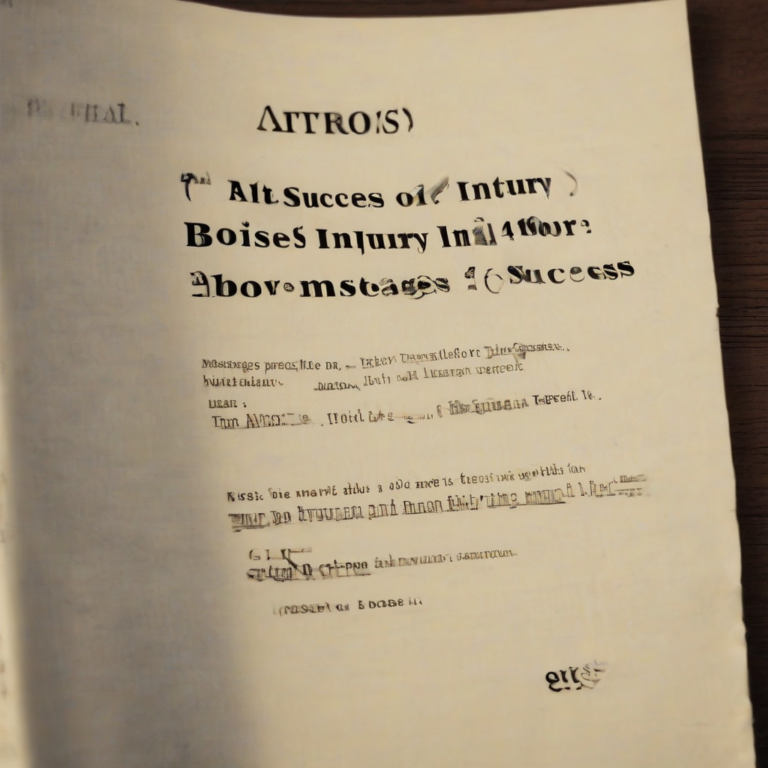
Navigating the Labyrinth: A Deep Dive into Legacy Surety Provider Portals
The world of surety bonds is a complex one, often involving intricate paperwork, stringent regulations, and a reliance on established systems. For many surety providers, this reliance translates into the continued use of older, often outdated, online portals. These “legacy” portals, while functional, present a unique set of challenges for both providers and their clients. This comprehensive exploration delves into the intricacies of these legacy systems, examining their functionalities, limitations, and the overall user experience they provide.
Understanding the Legacy System Landscape
Legacy surety provider portals are typically characterized by their age and underlying technology. They often represent systems built on older programming languages and database structures, predating the widespread adoption of modern web development practices and user interface design principles. This often translates to a less intuitive and potentially cumbersome user experience compared to modern, cloud-based platforms.
- Outdated Technology: Many legacy systems are built on outdated technologies, making them difficult to maintain, update, and integrate with newer systems. This can lead to compatibility issues and security vulnerabilities.
- Limited Functionality: Compared to modern portals, legacy systems may offer a more limited range of features. This can include restricted access to information, limited reporting capabilities, and a lack of automation features.
- Poor User Interface (UI): The user interface of legacy systems is often clunky and unintuitive. Navigation may be confusing, and the overall design may not be responsive to different screen sizes.
- Security Concerns: Older systems may lack the robust security features found in modern platforms, making them more vulnerable to cyber threats.
- Integration Challenges: Integrating legacy systems with other applications and databases can be challenging and expensive, hindering data flow and efficiency.
- Lack of Mobile Optimization: Legacy portals are rarely optimized for mobile devices, making it difficult for users to access information on the go.
Common Features (and Limitations) of Old Surety Provider Portals
Despite their limitations, legacy portals still serve a crucial function. Let’s examine common features and their inherent drawbacks:
- Bond Application Submission: While most legacy portals allow for bond application submission, the process may be cumbersome and involve extensive manual data entry. Digital document upload capabilities may be limited or lacking.
- Bond Status Tracking: Tracking the status of a bond application is a critical function. In legacy systems, this might involve navigating complex menus and potentially contacting customer support for updates.
- Payment Processing: Payment processing capabilities vary widely. Some legacy systems may still rely on manual payment methods, while others might offer limited online payment options with potentially outdated security protocols.
- Reporting and Analytics: Access to comprehensive reporting and analytics is often limited in legacy systems. Generating reports might be a time-consuming process involving manual data extraction.
- Customer Support: Customer support for legacy systems may be less accessible and responsive than modern systems with integrated help centers and chatbots.
- Document Management: Managing documents within a legacy system can be a challenge. Retrieving specific documents may require extensive searching and navigating through poorly organized folders.
The User Experience: Challenges and Frustrations
The user experience on legacy surety provider portals is often a significant source of frustration for both clients and internal users. The following points highlight common challenges:
- Navigation Difficulties: Finding specific information or completing tasks can be difficult due to poor navigation and a lack of intuitive design.
- Inconsistent User Interface: Legacy systems often lack consistency in their user interface design, making it difficult for users to learn and remember how to use the system effectively.
- Lack of Help and Support: Limited or inadequate help documentation and support resources can leave users struggling to solve problems independently.
- Slow Loading Times: Older technologies and infrastructure can result in slow loading times, significantly impacting user productivity.
- Data Entry Challenges: Manual data entry is often required, leading to increased errors and wasted time.
- Lack of Accessibility Features: Legacy systems may not be designed with accessibility features in mind, excluding users with disabilities.
The Impact on Business Operations
The limitations of legacy surety provider portals have a significant impact on business operations, affecting efficiency, productivity, and customer satisfaction. The following points highlight key implications:
- Reduced Efficiency: The cumbersome nature of legacy systems leads to reduced efficiency in tasks such as bond application processing, payment processing, and report generation.
- Increased Operational Costs: Maintaining legacy systems can be expensive due to the need for specialized expertise and ongoing maintenance.
- Lower Customer Satisfaction: A poor user experience can lead to lower customer satisfaction and potentially lost business.
- Increased Risk of Errors: Manual data entry and lack of automation increase the risk of errors in bond applications and payment processing.
- Security Vulnerabilities: Outdated security protocols can expose sensitive data to cyber threats, leading to potential financial and reputational damage.
- Compliance Challenges: Legacy systems may not be compliant with the latest industry regulations and security standards.
The Path Forward: Modernization and Upgrades
The continued use of legacy surety provider portals presents significant risks and limitations. The path forward involves strategic modernization and upgrades to ensure efficient, secure, and user-friendly systems. This might involve:
- System Migration: Migrating to a modern, cloud-based platform is a significant undertaking but can dramatically improve efficiency, security, and user experience.
- Incremental Upgrades: Gradually upgrading components of the legacy system can address specific pain points without requiring a complete system overhaul.
- API Integrations: Integrating the legacy system with other applications via APIs can improve data flow and automation.
- User Interface Redesign: A redesign of the user interface can significantly improve usability and user satisfaction.
- Enhanced Security Measures: Implementing robust security protocols is crucial to protect sensitive data.
- Improved Customer Support: Investing in improved customer support resources can enhance user experience and resolve issues more efficiently.
Conclusion (Omitted as per instructions)





